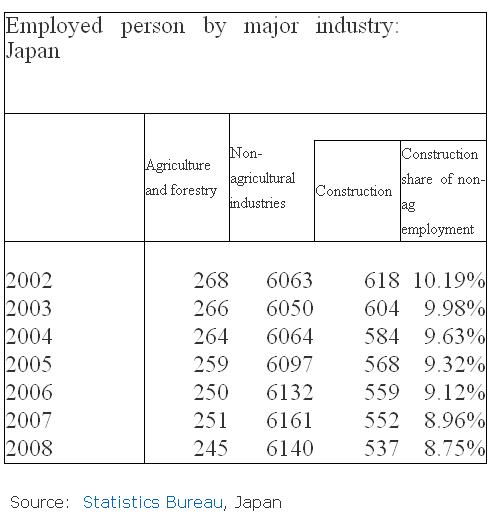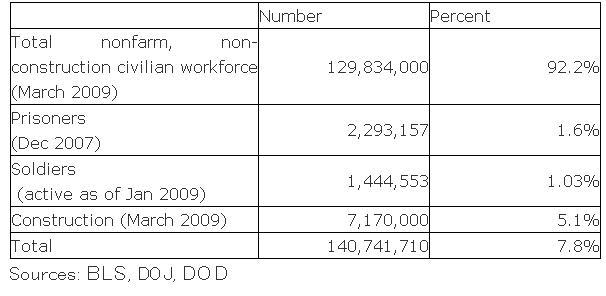The Nielsen research company has conducted a global survey on dining out preferences (Japanese PDF). The Nikkei presents the results from Japan. When asked what type of food they prefer when dining out, Japanese respondents said:
- Japanese (48%)
- Italian (20%)
- Chinese (12%)
- French (7%)
Globally, Japanese food was the fifth most preferred food. Surprisingly, the 46% of Japanese people who eat out more than three times per week is only marginally above the 44% global average.
Japanese people have a comparatively high level of what I would term “gastronomic nationalism” – that is, their preference for their own food far exceeds the global rate of 27%.
Anyone who has spent any time in this country will not be surprised to see Japanese food topping the results. Inside Japan, Japanese food is simply everywhere. The children are raised on government-supplied lunches and mother’s obento box lunches, on TV there is an endless parade of B-list celebrities fawning over the latest restaurant, and on the street the vast majority of eateries are nominally Japanese. On top of that, Japanese food is objectively scrumptious and awesome, a fact not lost on people.
But what exactly is Japanese food? The survey was apparently taken based on the respondents’ own definitions of what “Japanese food” means, but this is not always so clear-cut. Under such conditions, food that might otherwise be considered foreign must have been included under the “Japanese” rubric. “Japanese food” spans a very wide variety – from obviously Japanese foods like sushi, pickled radishes, and soba buckwheat noodles to more complicated foods that blur the lines between “pure” Japanese food and fusion dishes that have developed over the years. Other foods that may have foreign origins might not be perceived as foreign by some of the consumers (yakiniku aka Korean barbecue comes to mind as I have heard some tell me it is Japanese).
For example, it’s hard to tell whether ramen would be considered Chinese or Japanese (though the recipe is distinctly Japanese, many ramen shops advertise themselves as chuuka (Chinese) and also sell gyoza, which are more or less Japanized versions of Chinese dumplings), or for that matter whether Japanese-style curry can be called Indian (it was apparently adapted from Britain, which itself adapted it from the Indian dish). And then there is the plethora of dishes that are considered youshoku (Western/occidental food) in Japan but would be hard to find on a table anywhere in the actual West. These include omuraisu (ketchup rice wrapped in an omelette) and hambaagu (a bunless hamburger often seasoned and stuffed with onions, served with a variety of toppings such as grated daikon radish (oroshi) and ponzu, a kind of citrus/soy/vinegar sauce).
Conversely, much so-called Italian food has been considerably Japanized as well (think mentaiko spaghetti), but I doubt many respondents who go into their local Capricciosa to order noodles drowned in spicy fish eggs and mayonnaise would consider themselves to be eating at a “Japanese food” establishment. Confusing things further, many “retro Showa era” restaurants serve a “Neapolitan” spaghetti-and-ketchup dishes, but in a very Japanese izakaya atmosphere. And then there are the “rice burgers” served at Mos Burger, the new soy sauce-enhanced fried chicken at KFC, and Okinawa-style taco rice (this unlike the other two would be likely termed “Japanese”). I could go on, but it’s getting close to dinner time.
So all that said, the data could be kind of biased in Japan’s case (and the same probably goes for other countries) since Japan has co-opted so much of the Western menu into its own native cuisine. As far as I am concerned, the world is all the richer for it.
****
Check the Adamukun blog for Adamu’s shared articles and recommended links.



